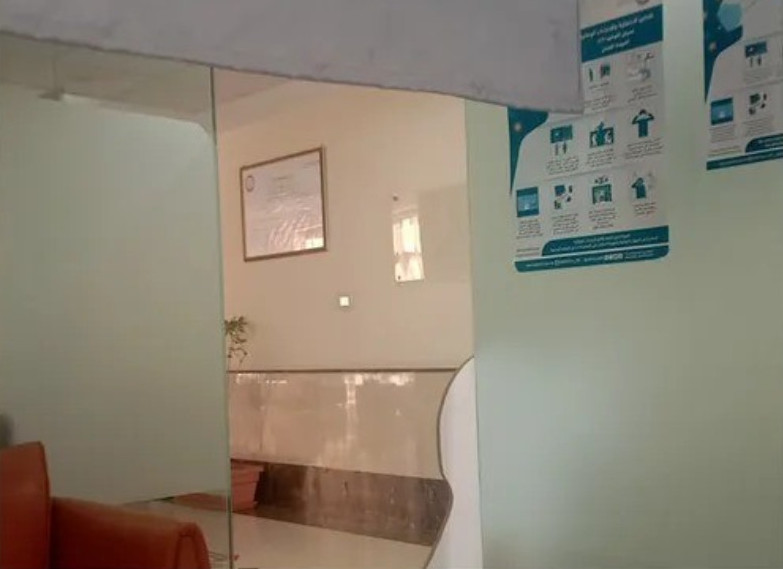
When it comes to flat monitors, there are both advantages and disadvantages to consider. Let’s start with the pros. One of the most significant benefits of a flat monitor is its space-saving design. With their slim profile, these monitors take up less desk real estate than bulkier curved models.
Another advantage of flat monitors is their versatility. They can be easily mounted on walls or adjustable stands, allowing optimal positioning based on your viewing preferences. This flexibility ensures you can achieve the most comfortable and ergonomic setup for long hours of work or gaming.






Flat monitors also tend to have better color accuracy and uniformity across the screen. This makes them ideal for tasks that require precise color representation, such as graphic design or photo editing.
On the flip side, one drawback of flat monitors is their lack of immersive experience compared to curved screens. The curvature in curved monitors provides a more enveloping feeling, especially when watching movies or playing games with wide angles.
Additionally, some users find that flat monitors suffer from more noticeable reflections due to their larger surface area exposed to ambient light sources. However, this can be mitigated by adjusting lighting conditions in your workspace or using anti-glare filters.
Price might also play a role in your decision-making process. Generally speaking, flat monitors tend to be more affordable than curved ones since they have been around longer and are produced by multiple manufacturers at varying price points.
In conclusion, as outlined in the instructions, while curved displays offer an immersive experience with better peripheral vision, flat screens have their advantages, including space-saving design, versatility in placement options, and accurate color reproduction. Ultimately, it boils down to personal preference and intended use when deciding which type of monitor suits you best!
Factors to Consider When Choosing a Monitor
When it comes to choosing a monitor, there are several factors that you need to consider to make the best decision for your needs. First and foremost, think about the size of the monitor. Do you prefer a larger screen that provides more real estate for multitasking? Or do you choose a smaller, more compact option?
Another critical factor is resolution. Higher resolutions offer sharper images and text, making them ideal for graphic design or video editing tasks. On the other hand, if you primarily use your computer for web browsing or word processing, a lower resolution may be sufficient.
The refresh rate is another consideration. If you’re into gaming or watching fast-paced videos, a higher refresh rate will ensure smoother motion on your screen. However, a standard refresh rate should be acceptable if you mainly use your computer for everyday tasks like email and document editing.
Connectivity options are also worth considering. Ensure the monitor has all the necessary ports and connections for your devices – whether it’s HDMI, DisplayPort, USB-C, or VGA.
Remember ergonomic features. Adjustable height and tilt options can significantly improve your comfort during long hours of computer use.
By carefully evaluating these factors based on your specific needs and preferences, you can choose a monitor that enhances productivity and enjoyment in front of the screen!


Leave a Reply